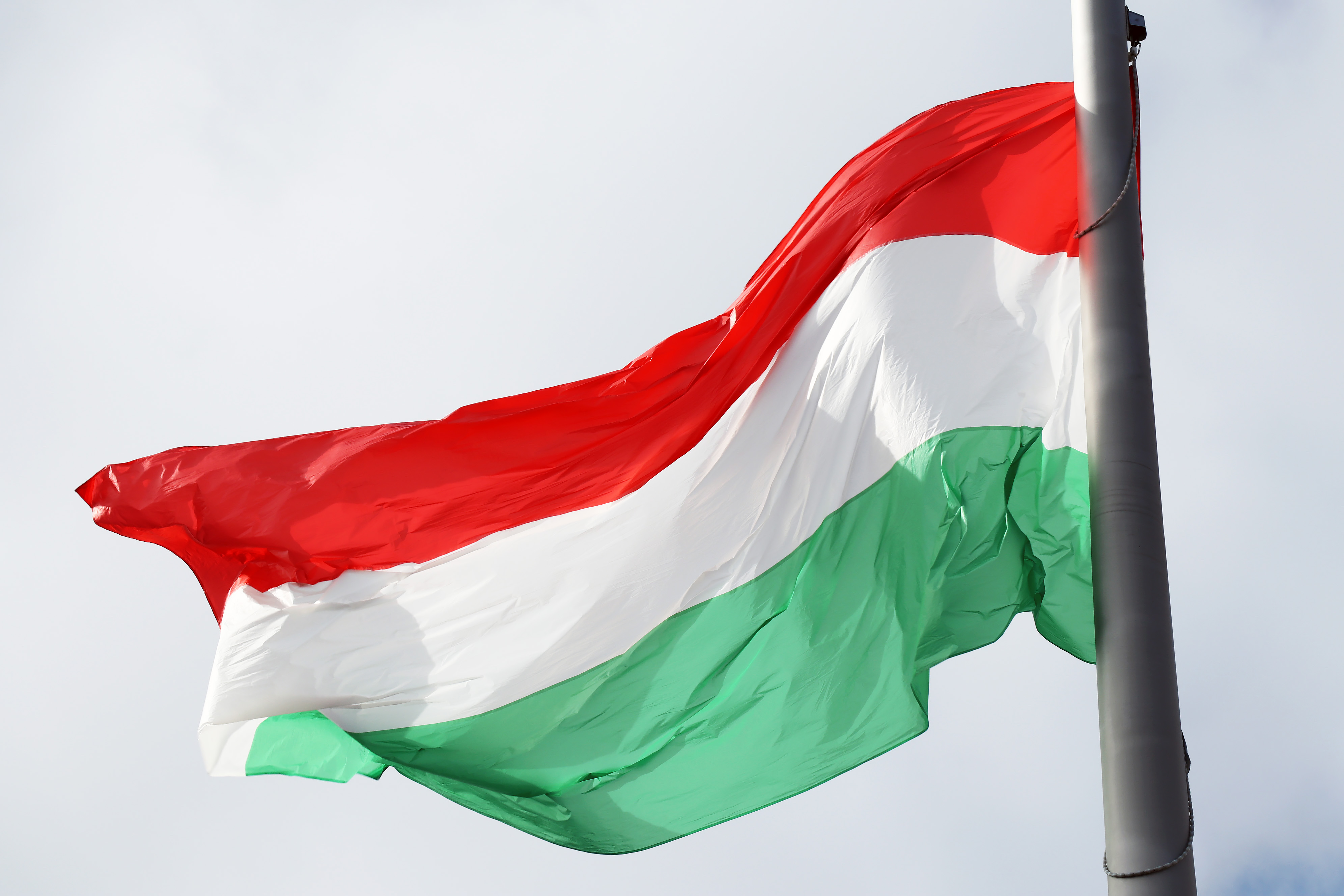Why is the Hungarian flag’s colour red-white-green?
Flags are symbolic of their respective nations and they all represent something, especially the colours. In some cases, colours have the same meaning, in others, their meanings differ. What about the colours of the Hungarian flag? Thanks to Érdekes Portál, you can learn all about its symbolism.
Throughout the history of Hungarians, we collected numerous symbols, which represent the same thing to us, even though we are scattered across the world. Namely, home and our nationality. Such symbols are the flag, the coat of arms, the hymn, the Parliament, the traditional costume, the Holy Crown, the symbols of our origin stories (e.g. the Turul bird), our historical figures, kings, places in our cities (e.g. Gellért Hill), or even the most iconic Hungarian actors, sportsmen and women, or the Hungarian cuisine. These are just a few of the many symbols, which all mean a lot to Hungarians, however, only a handful of these became national symbols, like the flag and the Holy Crown.
The origins of the red-white-green flag
The first of our national symbols was the coat of arms, the colours of which became national colours, and later appeared in the Hungarian flag.
According to some sources and illustrations, the first flags containing the Hungarian coat of arms with the red-white-green colours appeared in a battle early in the 15-years-war. This day was August 3, 1601, when Zsigmond Báthori and General Giorgio Basta led their men into battle against each other at Goroszló. Later, more precisely on November 19, 1608, the red-white-green colours were used on the coronation pelmet, when Matthias of Habsburg was crowned Matthias II, King of Hungary at Pozsony.
Three colours uniting the nation
The red-white-green trio became a strong national symbol during the 1848-49 revolution. In these times, the colours were representative of the nation, appearing in the flags carried by the Hungarian soldiers. However, it was a white flag bordered by a ‘wolf-teeth’ (farkasfog in HU) pattern, coloured red, white and green. The XXI. law from 1848, made the colour trio the official national colours of the Hungarian people.
The Infantry Colour of the Hungarian Defence ForcesPhoto: wikipedia.com / Thommy
The findings of the heraldist Oszkár Bárczay prove that the colours red and white became national colours before the green. According to some, red and white were national colours years before the revolution.
According to Bárczay, there were some misunderstandings surrounding the origins of the national colours. The law-makers mistakenly believed that the three green hills represented in the flag are as old parts of the coat of arms as the double cross or the Árpád stripes. Despite this, the green hills were included in the coat of arms much later and weren’t even green in the beginning. Deriving from this, all three colours became national colours only in 1848.
After the Hungarian Revolution of 1848 was defeated, the three colours were prohibited as symbols by the Austrian Emperor. However, after the Compromise of 1867, the tricolour became not only a national symbol but also the official Hungarian flag.
Ce: bm
Source: erdekesportal.hu
please make a donation here
Hot news
Christmas in Budapest: Palace District awaits with cosy Advent programmes
Hungarian opposition Mi Hazánk MP fined to EUR 2,690 for vandalism – Here’s a video of what he had done
Hungarian opposition DK to nominate own candidates in all 106 individual constituencies in 2026
Budapest’s real estate market set new record in October
Budapest to host Science Expo alongside World Science Forum
New corruption case on the horizon in Hungary? Prosecutors file charges against Schadl and 3 other suspects





1 Comment
Hey Kovacs you have a problem with Pozsony being Hungarian, or belonging to Hungary? POZSONY!!!! not Bratislava. Stop trying to revise history. Maybe you should work for the Slovak paper.